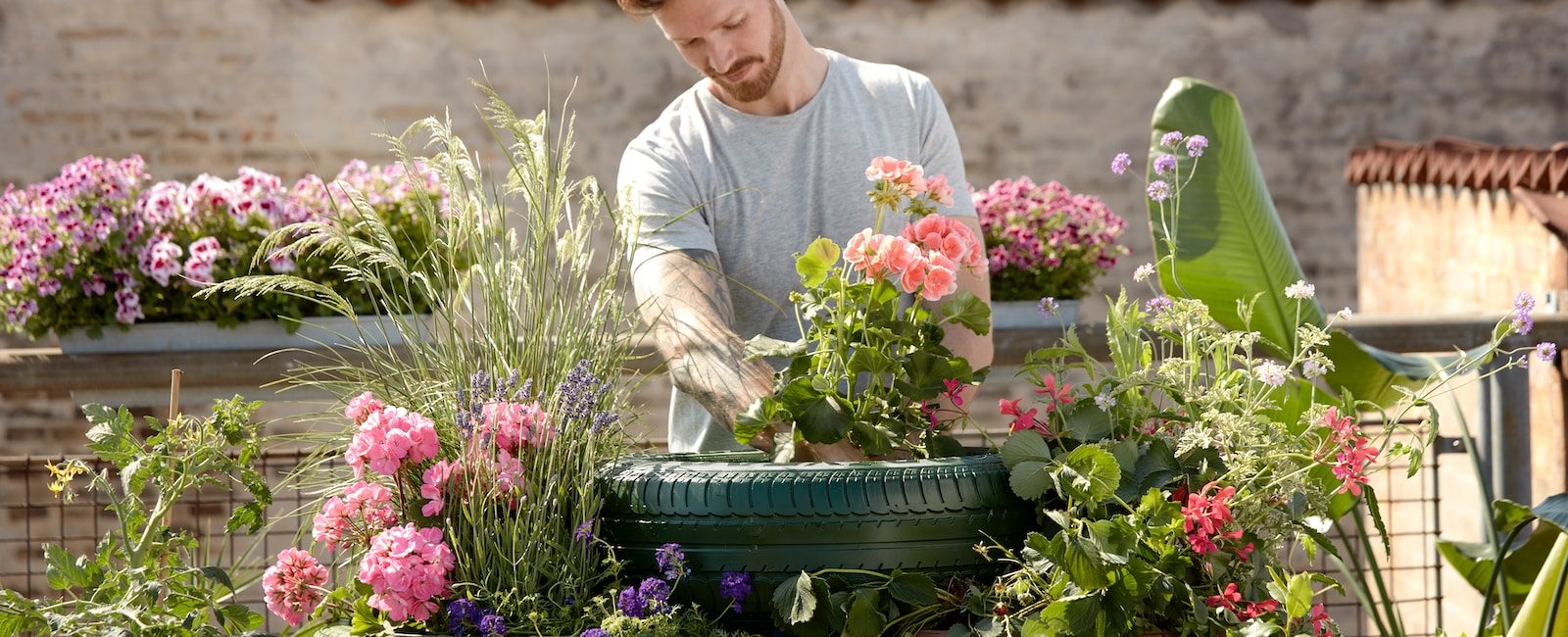
Is the serenity of your beautiful garden disrupted by the nagging guilt of how your practices might be impacting the environment? Do you often wonder if you’re part of the environmental problem, rather than the solution? Want to find ways to harmonize your love for gardening with your passion for the environment? Well, gardening and earth friendliness are companions, not foes. Together, we’ll delve into the importance and the how-to of sustainable gardening practices, offering a veritable green thumb guide that’s easy to implement. Aside from cultivating beauty, these practices boast the added bonus of rejuvenating our earth.
Sustainable gardening encapsulates a multitude of practices designed to minimize environmental impact and promote healthier, natural cycles within your garden. Whether your backyard is a sprawling Eden or a miniature urban haven, the possibility exists to make sustainable choices that benefit not just your personal space, but the wider environment.
As modern gardeners, we have a responsibility to carefully manage resources, reduce waste, and foster biodiversity. This blog post aims to shed light on how you can transition from traditional methods to effective, sustainable practices gradually, making your garden a rightful part of the solution, not the problem.
Understanding Sustainable Gardening: How and Why?
Sustainable gardening transcends beyond cultivating plants; it’s a lifestyle practice involving responsible use of resources. It challenges us to shift our perspective, demanding that we re-think our relationship with the environment, and our impact upon it.
Imagine letting nature guide your garden rather than tussling against it. Imagine using rainwater cleverly, composting kitchen and garden waste, favoring local and native plants, and saying a firm no to harmful chemicals. This style of gardening isn’t just about growing plants – it’s about growing responsibility.
More importantly, sustainable gardening encourages biodiversity, enriching your space with varied flora and fauna. It reduces the gardener’s carbon footprint and turns garden waste into a valuable resource. Glass half full, right?
The ‘Garden-to-Compost’ Cycle
Ever considered how you could recycle your garden waste? Sustainable gardeners strive to create a closed-loop system, wherein waste is composted and returned to the garden as nutrient-rich humus.
This virtuous cycle is not just easy to implement, but truly addresses waste issues. You’ll be amazed at how much your garden waste (and kitchen scraps!) reduces, just by composting.
Composting in your backyard also saves the energy typically used for waste collection and transportation. That’s a check for your carbon footprint. And when the resulting compost is used, it improves soil quality, making your plants thrive like never before.
Water Wisely
Responsible watering is a cornerstone of sustainable gardening. Conscious decisions about what you plant, how you water, and when can drastically reduce your water consumption.
Drought-resistant and local species require less water, as they are adapted to the climate. Employing clever irrigation measures such as rain barrels and drip irrigation systems not only conserves water but also ensures it goes where it is most needed — directly to the roots.
The Beauty of Biodiversity
Promoting biodiversity is another vital aspect of sustainable gardening. Encouraging a diverse array of local flora not only makes your garden aesthetically appealing but also more self-sustaining.
Biodiversity encourages the presence of beneficial insects and birds, which play a crucial role in pest management and pollination. It is a fantastic way to ensure the vitality and resilience of your garden while contributing to the local ecosystem at large.
The Chemical Puzzle: Pros and Cons
In modern gardening, the use of pesticides and fertilizers has become almost a knee-jerk reaction to any garden problem. However, while these may offer quick fixes, they are far from being sustainable.
Chemicals disrupt the natural balance, harm helpful insects, and leave residues in the environment. Sustainable alternatives such as composting, crop rotation, and natural pest repellents are not only healthier but also cost-effective in the long run.
Conclusion: The Future is Green
In embracing sustainable gardening practices, we’re choosing to make a difference. We’re electing to beautify our homes in a manner that is environmentally conscious and beneficial—not just to us, but to our neighborhoods, wildlife, and ultimately, our planet.
While the transition may appear daunting at first glance, it’s about taking small, steady steps towards a greener future. And every step holds its own reward. In the embracing compost pile, the thriving plants from saved water, the buzzing bees and beautiful birds in your biodiverse garden, you’ll find a sense of accomplishment that transcends the visual appeal.
So, the question is no longer whether we can afford to garden sustainably, but can we afford not to? The next step on your green journey starts with a single seed, a spade of compost, a rainwater-filled can, and the desire to still see gardens – of all shapes and forms – flourishing for generations to come.












